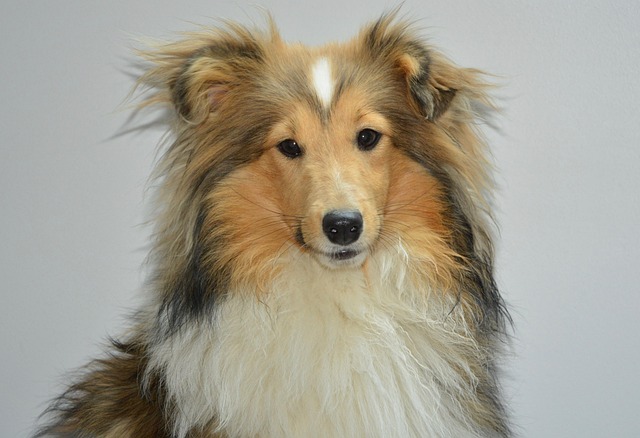
Can the aggressiveness of dogs be cured
Watching your normally gentle pup suddenly bare their teeth, growl low in their throat, and lunge at a passing dog during your evening walk can leave you shaken
Watching your pup dart under the couch at the first sound of running water, tail tucked as you drag out the bath mat, can turn water time into a daily battle. For new dog owners in sun-soaked spots like Florida or California, where pool days and beach trips are part of life, helping your dog enjoy water isn’t just about convenience—it’s about turning stress into bonding. The good news? Most dogs don’t naturally hate water; fear usually comes from rushed introductions or past scares. With patience and the right approach, you can rewrite their relationship with splashes and suds.
To help your dog love water, you first need to understand why they might fear it. Many dogs associate water with stress: a cold bath, slipping in a tub, or being forced into a lake before they’re ready. Breeds with short legs (Dachshunds) or flat faces (Pugs) may physically struggle with swimming, making water feel scary, while even water-loving breeds like Labs can develop fears if introduced poorly. Unlike some instincts, a dog’s feelings about water are learned—meaning you can re-teach them to see it as fun, not frightening. Their brains thrive on positive associations, so every calm moment near water builds trust, while pressure erases progress.
Start small, slow, and full of rewards. Grab a shallow kiddie pool and fill it with 1–2 inches of lukewarm water (cold water shocks their system). Toss in a floating toy or a freeze-dried chicken treat—something they love—and sit nearby, chatting softly. Let them approach on their own terms; never pull, push, or drag them closer. My neighbor in Austin did this with her rescue Beagle, who used to shake at the sight of a hose: after three days of treats next to the pool, then in the pool, he now steps in voluntarily to fish out snacks. For bath time, lay a rubber mat to prevent slips (scared dogs remember falling), keep the water lukewarm, and lather gently with dog-specific shampoo. Pause to offer a treat whenever they stay calm—even a tiny piece of cheese turns stress into success.
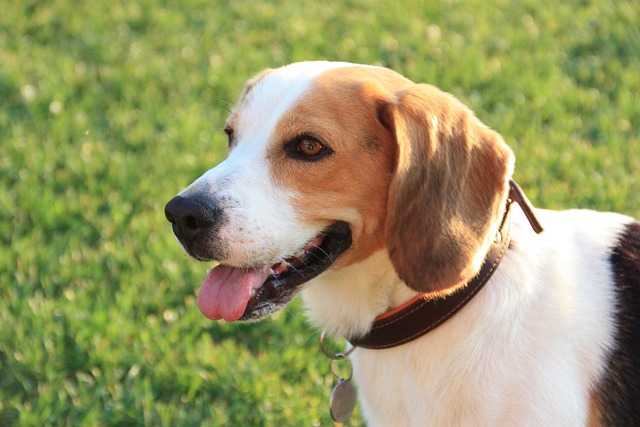
Positive reinforcement is your superpower here. Yelling or rushing when they hesitate teaches them to fear water and you, while patience and praise build confidence. A trainer friend in Denver calls this “happy water moments”—even 30 seconds of calm near water deserves celebration, because small wins create big change over time.
Responsible water adventures tie into community rules too. First, confirm your pup’s vaccines are current—rabies shots are legally required in all U.S. states, and many public lakes or dog parks check records. When visiting water spots, always pack biodegradable poop bags; leaving waste behind ruins shared spaces for everyone. In apartments, make bath time neighbor-friendly: use a drain strainer to catch fur (clogged pipes annoy landlords) and stick to daytime hours to avoid noisy splashing. Never leave a dog unattended near water, even if they seem comfortable—safety first, always.
With slow steps, lots of treats, and respect for their pace, you’ll watch your pup go from hiding under the couch to splashing in a pool or enjoying a calm bath. Water time won’t just get easier—it’ll become one of your favorite bonding moments, full of wet paws and wagging tails.

Watching your normally gentle pup suddenly bare their teeth, growl low in their throat, and lunge at a passing dog during your evening walk can leave you shaken
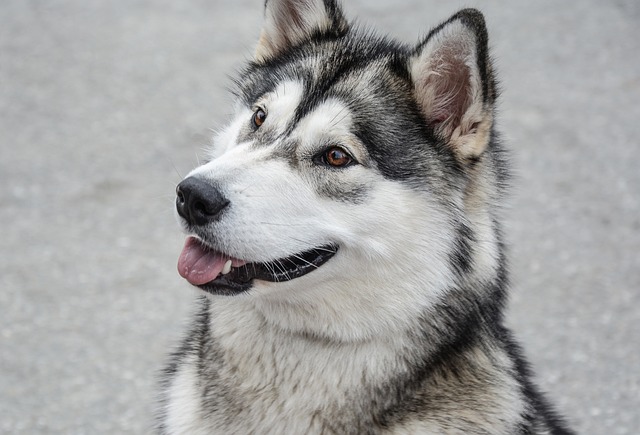
What to give my dog for better digestion? It’s a question many pet parents find themselves asking after noticing their pup turning away from meals, struggling with gas, or having irregular stools.
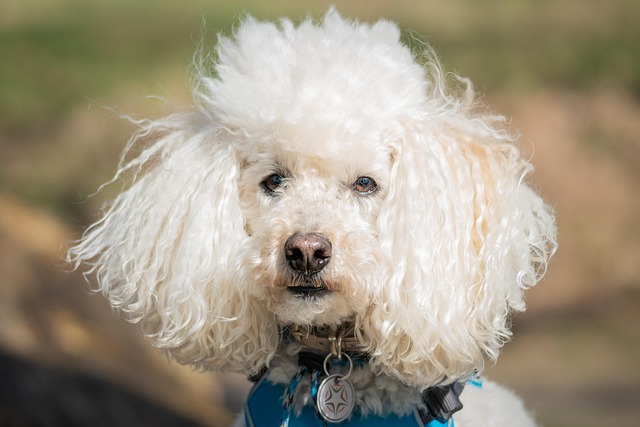
Certain dog breeds are born with jaws built for power, and their chewing habits reflect that—though it's rarely about malice, more about instinct.
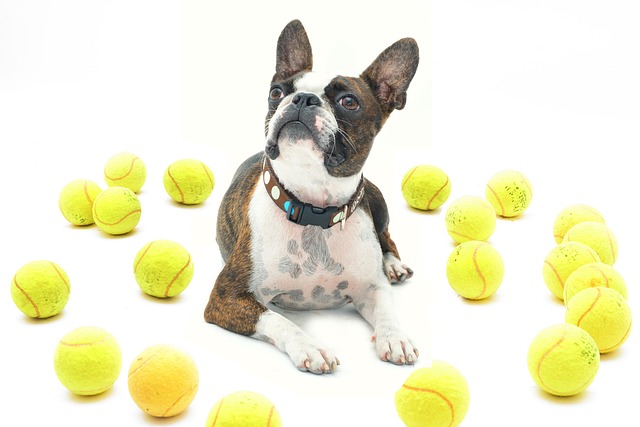
Creating a yard that sparks joy for your dog starts with safety, but it doesn’t have to stop there. Start by scanning the space for hazards—loose nails, toxic plants like lilies or oleander, and gaps under fences that might let them wander.

Picture this: You grab your keys, and your normally chill Labrador, Max, starts trembling. But when your partner leaves? Max barely lifts his head off the couch. Sound familiar?
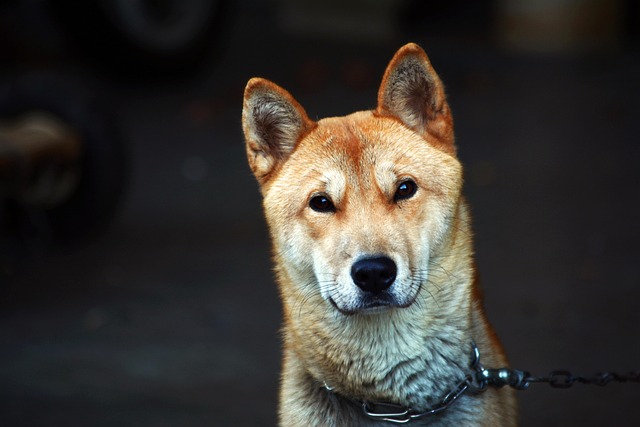
How do you check a dog's eye health?It starts with the little moments—when they nuzzle your hand,peer up at you during mealtime,or blink slowly after a nap.Those daily interactions are your best chance to spot changes that might slip by in a quick glance.